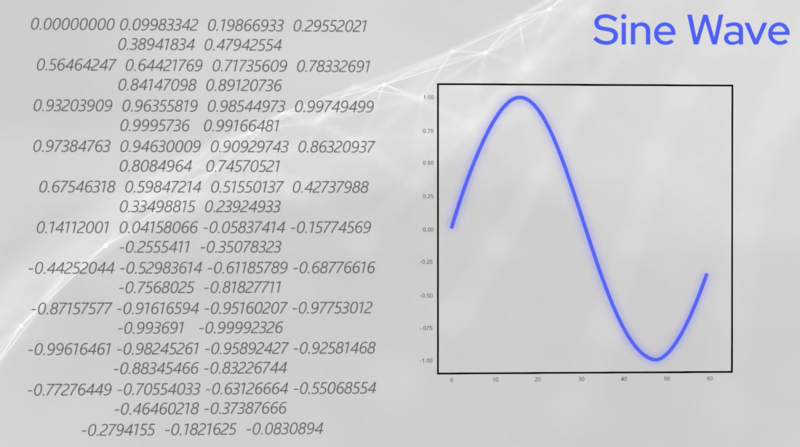Interviews

A New Approach to Supporting ICT Education for the Visually Impaired (Part 3)
Takashi Hasuo
With data science being on everyone's mind for the future, Hasuo believes everyone should have the ability to get involved
Interviewer & Japanese Writer: Yamamoto Takaya; Translation & Editing: Matthew Cherry
Even after his time in the INNO-vation Program had come to a close, Takashi Hasuo continued his research into connecting those with visual impairments to the world of data science. Although he had constructed a way to understand graphs through changing the pitch of a sound, he didn’t know how much visually impaired people already understood about graphs. To assist with creating new materials in the future, he held a hearing with students at a school for the blind to ask about their experiences.

Graphs are a way to easily interpret numerical data.
One of Hasuo’s goals is to create an environment in which those with visual impairments can study and learn about AI development and data science. He knew, however, that it would require expanding on the groundwork of these subjects.
“Those with visual impairments might consider programming to be something completely disconnected from themselves, so first we need to get them learning about the fundamentals, such as what a program is or how programming is performed,” Hasuo explained. “If we can’t get those fundamentals down pat, the path to data science becomes impassable. I think data science education will mostly be targeted toward younger people like middle school, high school, and university students, so it’s necessary to devise ways to overcome areas of data science that are easy to get tripped up on.”
That’s not to say that Hasuo is only focused on those with visual impairments. Ideally, he would like all of society to be involved in data science.
“The government has been saying this too, but the use of AI will be the premise of our future society. Since I’m involved with AI development already, it’s particularly unpleasant for me to think that when society has reached that point the people who can’t use AI will be left behind. And that’s not just talking about those with visual impairments. People with other kinds of disabilities and those who have retired or don’t really use digital technology would be left behind, too. That’s why I want to contribute to creating a society in which all people can get involved with data science,” Hasuo said excitedly about the future.
Finally, Hasuo wanted to give a message to all readers out there.
“Programs like the INNO-vation Program that support ideas from individuals rather than corporations or groups even though those ideas might not become mainstream, win a Nobel Prize, or become a billion-dollar unicorn company, are exceedingly rare. It’s a very good program for those who might have an idea, even if they can’t specifically point to what kind of result it would have should it be realized. To me, that’s incredibly important.”
Hasuo continues to hold what’s important to him close. The support he received from the INNO-vation Program will surely help him in his research connecting the visually impaired with data science.
Takashi Hasuo’s Profile

